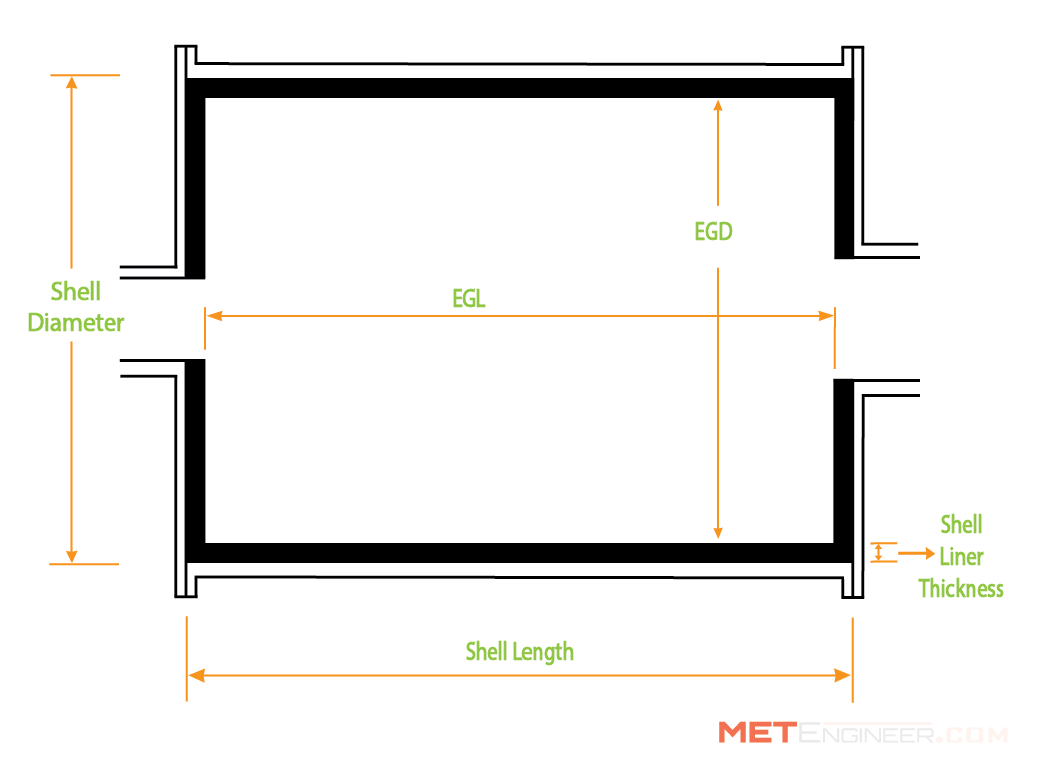
The Metallurgical Engineer's Toolbox
Autogenous Scrubber Sizing
Gross Power Draw and Specific Energy Calculator for Autogenous Scrubber / Tumbling Scrubber / Drum Scrubber / Ore ScrubberGross Power Draw
Shell Sizing Parameters
Parameters
Value
Value
[m]
[ft]
[m]
[ft]
[m]
[mm]
[m]
[%Cr]
[rpm]
[QTY]

Charge Conditions
Parameters
Variables
[%]
[%]
[t/m3]
[%]
[%]
[t/m3]
[seconds]
[seconds]

Scrubber Power Draw Available - Mechanical
Description
Value Units
Power Draw - Available
[kW]
Process Power Requirements
Mass Balance Feed - Density Fractions
Description
Value Units
Description
Value Units
[t/h]
[t/m3]
[t/m3]
[m3/h]
[t/m3]
[t/h]
[m3/h]
[t/m3]
[%]
[%]
PSD of Conglomerates After Dispersion
Particle Size Range
[mm]
Fraction % of Solids
[% Fraction]
Sieve Size
[mm]
Cumulative % Passing
[% Passing]
%
%
%
%
%
%
%
%
%
%
Conglomerates Dense Packing Factor
Parameters
Variables
[t/m3]
[t/m3]
[%]
[m3/h]
Process Power Required
Description
Value Units
Specific Energy Required:
[kWh/t]
Power Required:
[kW]
Scrubber Selection Result
Description
Value Units
Available Power Utilized:
[%]